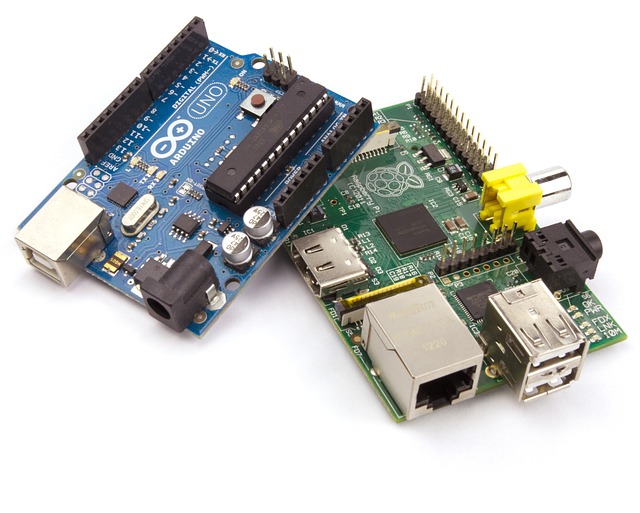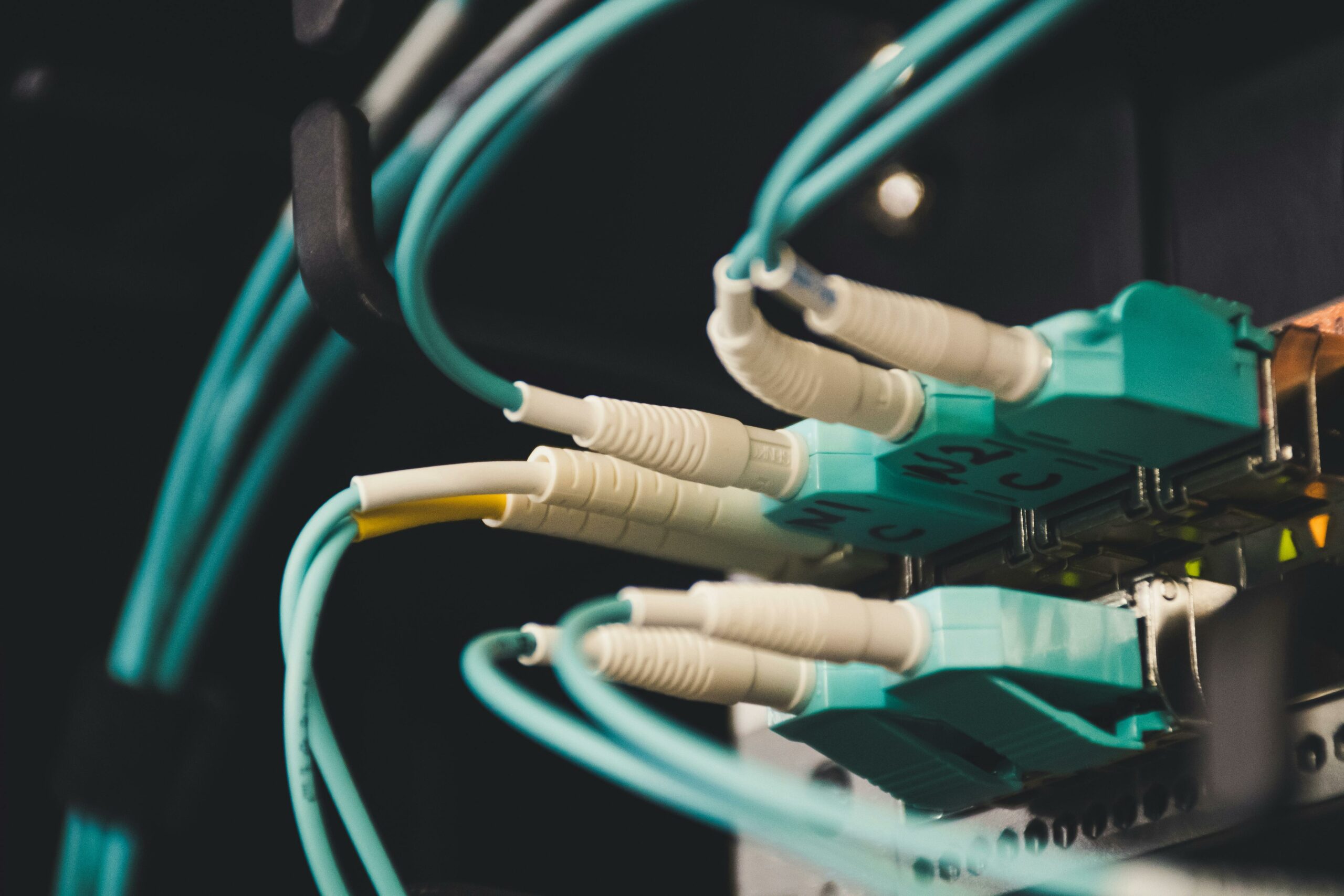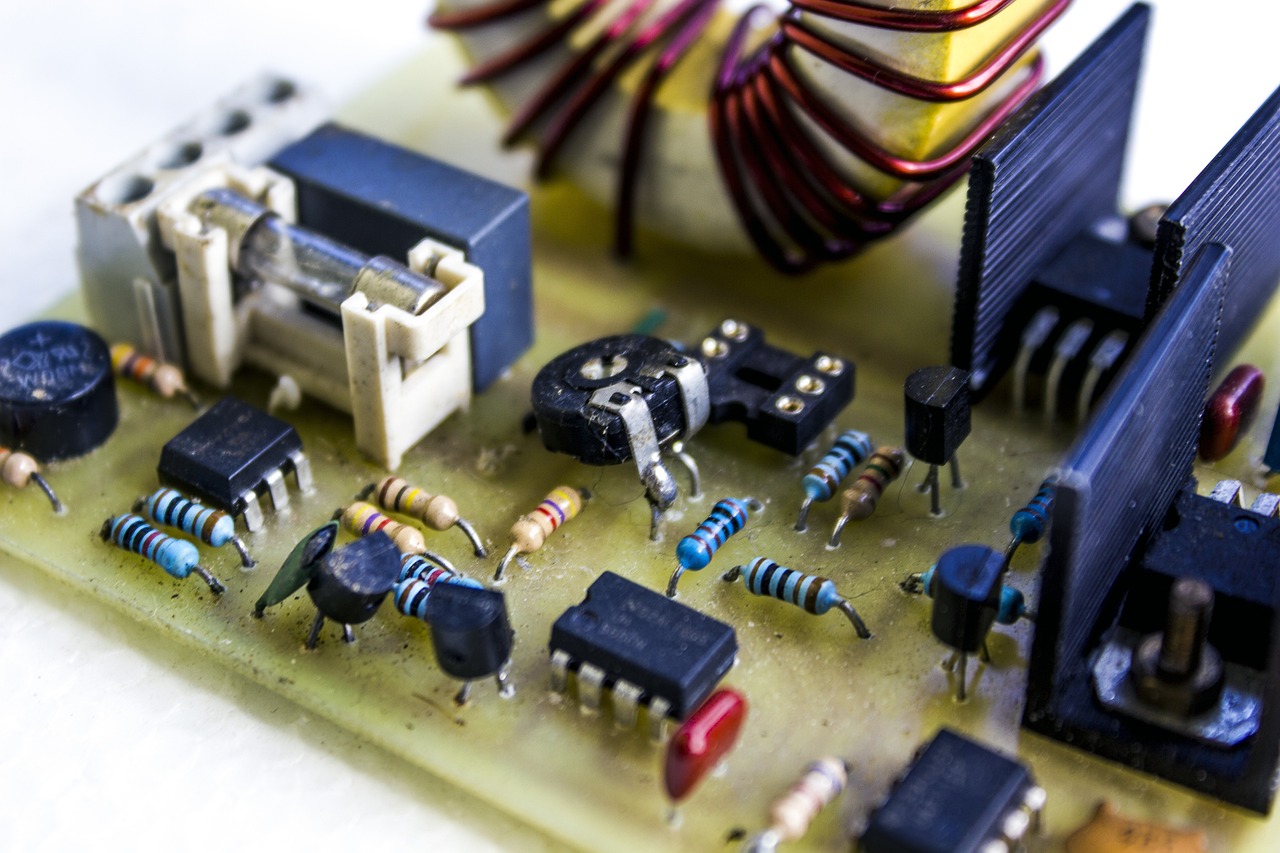Choosing the best electronic component is a crucial step in developing a functional, safe, and…

Making history with electromechanics
The history of electromechanics is closely linked to the textile industry. Although there are previous antecedents, its beginnings are directly related to the Industrial Revolution. This discipline combines electrical engineering with mechanics.
In recent decades, its evolution has been dizzying and Electrolomas has undoubtedly been a part of it. Not in vain, the company, founded in 1997, has traced a history of more than a quarter of a century of activity in this sector.
One of its three lines of business, precisely, has to do with the assembly of electromechanical equipment (Electronic Manufacturing Services).
Next, the origins of electromechanics will be reviewed and some important milestones highlighted. Knowing the past helps to understand the present and face the future with security and determination.
Electromechanics: what were its origins?
To understand the history of electromechanics, we must go back to the 19th century, when machines that combined electricity and mechanics began to be used in large fabric production factories. Along these lines, the invention of the electric motor brought with it a large number of possibilities in energy production and process automation.
The precursor of this discipline was Nikola Tesla, born in 1856 in the former Austro-Hungarian Empire. He was an inventor, electrical and mechanical engineer noted for his contributions to the design of the modern alternating current (AC) electricity supply. Without a doubt, he is one of the great references of electromechanics, with multiple contributions in the field of electromagnetism and electromechanical engineering.
These origins are also associated with the field of telegraphy, with the appearance of repeaters. They were devices that regenerated telegraph signals by combining electricity with mechanics. Finally, we must highlight telephone switching, highlighting the installation of the first crossbar mechanisms in the 1950s (mainly in the United States and England).
Brief history of electromechanics: its main milestones
In the history of electromechanics, other milestones must also be highlighted, no less relevant than those already mentioned. These are events that have been driving important advances in the technological development of most scientific fields.
One of them is the invention of the first electromechanical television system in 1885. It was the German engineer Paul Nipkow who proposed it and registered the patent.
Another reference in electromechanics that is fair to mention is the German engineer Konrad Zuse, who designed the world’s first programmable mechanical computer (Z1). The project was developed between 1935 and 1936, although this binary electromechanical computer was not manufactured until 1939.
We must also highlight the launch of the first integrated circuit. Somewhat rudimentary in appearance, it was presented on September 12, 1959. Work of Jack Kilby, of Texas Instruments.
In short, the history of electromechanics is marked by the invention of devices and machines that completely revolutionized sectors such as industry or technology. In Spain, the birth of Electrolomas is another event that must be valued. Do you need our services? Contact us!



